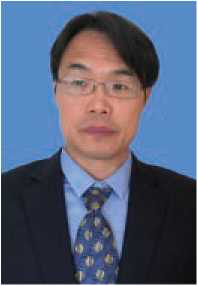Qiang Du Kjerstin EHingsen 1 Mohammed M'Hamdi1 Astrid Marthineen1 Knut O. Tveitob2
1SINTEF Industry, Norway
2Hydro Sunndal, Sunndalsora
EXTENDED ABSTRACT: A digital twin for Aluminium billet DC-casting, a digital replica of the physical casting process, creates a living simulation platform that can analyse, update, and change the process to achieve the multi-objectives process optimization. In this work, we assess the possibility of integrating high throughput micro-macro scale computation, SQL database and an artificial neural network (ANN) to establish an analytical twin for the prediction of a typical Direct Chill casting defect of Al alloys, i.e., hot tearing. The high throughput computation consists of solidification path computation at the microscopic scale (dendrite arm scale with software Alstruc) and heat transfer, fluid flow and stress/strain computation at the macroscopic scale (the scale of billet/ingot dimensions with software Alsim). The two-scale computations are coupled via sharing with Alsim the compositional dependent solidification path (Solid fraction-Temperature curve), thermo-physical properties such as densities, thennal conductivities calculated by Alstruc. Then Alsim calculates all the field variables including thermal stress, volumetric strain, and predicts the locations of the most vulnerable position and its hot tearing susceptibility. We demonstrate that the proposed framework can efficiently predict sump depth and hot-tearing tendency in the center of billets for a range of industrial AA6xxx alloy composition, casting parameters including casting speed and casting temperature. The data generated by the multi-scale computation are used to build a SQL database for training and testing the neural network. The utilities of the trained neural network and established SQL database are discussed for their application to optimize DC casting recipes of 6xxx extrusion billets. Our conclusion is that the proposed high throughput multi-scale simulation, SQLite database and ANN parameterization are three essential pillars supporting the establishment of a digital casting twin, and such a twin can provide a quick screening and selection/adjustment of process parameters before casting or during casting to avoid hot-tears.
Keywords: DC casting; Digital twin; high throughput micro-macro scale computation

Du received his doctorate degree from Institute of Metals Research of Chinese Academy of Sciences. He is a Senior Research Scientist at SINTEF. He has received multi-million Euro research grants from Norwegian Research Council and Al Industry for the development of meso-scale microstructure model and software. He was the developer of the commercial solidification micro structure modeling software PROCAST-PFT, and has been leading the development of the modeling software PreciMS and Alstruc. He is also an adjunct professor at University of Science and Technology Beijing.